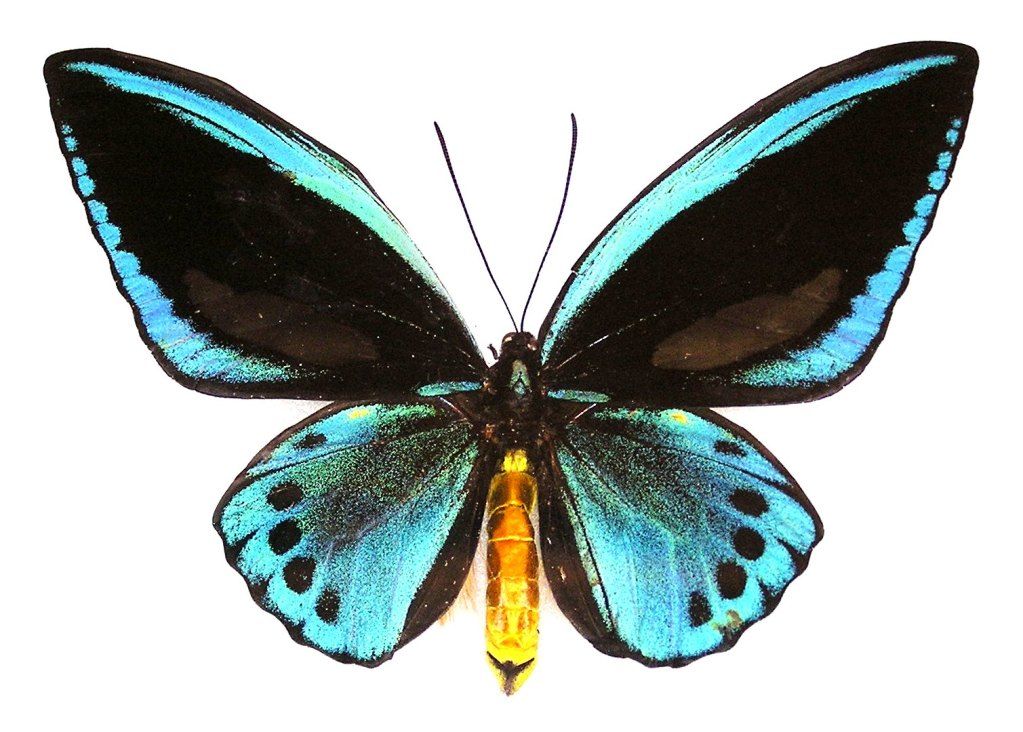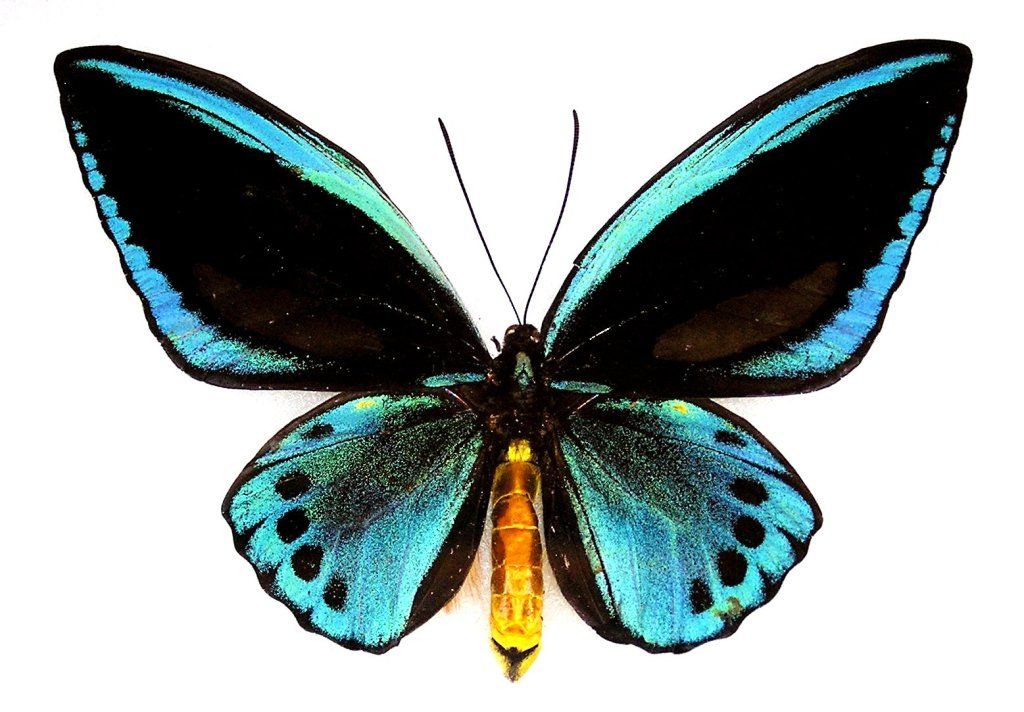Deleted
Deleted Member
Posts: 0
|
Post by Deleted on Sept 4, 2012 18:03:11 GMT -8
I would never do this, but if I had the urge, I'd use my BL blacklights, for they throw quite a bit of UV. These are not the purple bulbs---those are BLB. These are special ordered bulbs where eye protection is needed at close range. The Reptile lights might do the trick also. Share with us the results.......just curious. Interestingly, this whole thing may have very well killed one's desire (like I once had) to acquire a form niclasi of O. victoriae. How would one ever know if it was human generated or not?  |
|
|
|
|
|
Post by simosg on Sept 5, 2012 8:45:16 GMT -8
Bill, have a look at the link which Simon has posted above. There is a description how to find out if a blue specimen is a fake or not. Personally I don't know if this works.
Hannes
|
|
|
|
Post by daffodildeb on Sept 5, 2012 19:50:50 GMT -8
I did rewet the lighter patches and allowed them to air dry, and that actually helped a great deal. Hi Deb, Out of interest how are you "wetting" the patches? (i.e. by re-relaxing the bug or applying liquid directly to the wings). Simon Simon, I was just applying liquid directly to the wings--liberally, so as not to brush or damage the wings. Here are a couple of photos--note especially the left forewing, directly behind the leading edge. Also, the left hindwing, about in the middle of the wing. Hard to see in the photos, perhaps, but easy to see right off the board.   |
|
Deleted
Deleted Member
Posts: 0
|
Post by Deleted on Sept 5, 2012 20:53:53 GMT -8
Hannes,
I saw the link and have three concerns.
1. If one buys the insect and does the test, damage could result in merely checking it.
2. If one buys the insect and does the test and it turns out to be a fake, then that buyer is left 'holding the bag'. Even if the seller would take it back, (assuming it was imported in) costs to send it back added to the costs and hassels of bringing it in are steep indeed.
3. How could this test be done prior to purchasing it logistically?
All I can say is "buyer beware" .........and...........I'm not likely to become one of those buyers anytime soon. I am lucky in that my 'birdwing fever' has passed. The statistical odds of all these blue specimens popping out in the last few years tells me just what I need to know.
|
|
|
|
Post by laurie1 on Sept 6, 2012 2:31:04 GMT -8
Hello everyone  The last time I met with the highly respected and expert Detani-san he told me that in many, many years of seeing thousands! of priamus, etc received direct from breeders that he has NEVER seen a "blue form'. I have visited the Solomon Islands many, many times and have maintained regular contact now for more than 15 years with all the best dealers in the Solomon Islands wanting aberrant victoriae and have NEVER been offerred a genuine niclasi. But there a many examples of so called "blue forms" and niclasi in collections... Because Ornithoptera are so variable my personal opinion is that a "blue form" or niclasi is possible in nature. But likely to be EXTREMELY rare. Further, my (considered) opinion is that 99.9% of "blue forms" and niclasi in collections are either artificially created fakes or specimens exposed to UV light over years in old collections. Some people claim that Elvis is still alive or that they have seen him. Others that thet have seen spaceships and extra-terrestrials. That may work for them and I applaude the variety of life  . But personally, I say, show me the undeniable evidence. Especially if you expect me to part with a lot of money!  |
|
cyane
Junior Member
 
Posts: 47
|
Post by cyane on Sept 6, 2012 3:27:33 GMT -8
I've visited the Solomon Islands on 3 occaisions and looked over a few hundred specimens of O victoriae, and like Laurie I have never seen a blue one. I have seen other very nice abberations though and purchased 2 male O allottei.
Many years ago here in Australia an experienced collector showed me a blue specimen of O richmondia in his collection and told me to have a good look at it because I would never see another.
The very next day I was out collecting with my little brother who was about 10yo at the time. I saw a perfectly blue O richmondia feeding on lantana. At the time my net was home made and had a broom stick for a handle. Try as I might I could not get that net any closer than about a foot away from that richmondia, even with my brother pushing me hard into the lantana. I had a very good look at it over a period of maybe a minute, and am quite sure it was all blue, and a good not worn specimen. I have never seen another like it even though I have reared many richmondia from ova.
David Hall
Sydney
Australia
|
|
|
|
|
|
Post by simosg on Sept 6, 2012 7:17:15 GMT -8
The blue specimens I have seen in a museum (pictured above) all had bleached abdomen. The abdomen looked like female abdomen. I think a true blue specimen should have a normal yellow coloured abdomen.
#Deb: I really don't know what could be the reason of these stains. I have never seen this before.
Hannes
|
|
|
|
Post by laurie1 on Sept 6, 2012 22:40:12 GMT -8
Hi David - long time no talk  . Good to read your post. Coming from you I am now 100% convinced that blue forms do (albeit extremely rarely!) naturally occur. Thanks for sharing! |
|
|
|
Post by daffodildeb on Sept 7, 2012 14:53:45 GMT -8
So, are you saying that the blue in O. P. urvillianus is fake, even in papered specimens not known to have been previously spread? Even though it's blotchy, and apparently related to water in some way?
Doesn't make sense to me.
|
|
|
|
Post by simosg on Sept 7, 2012 23:51:58 GMT -8
No, urvilleanus is naturally blue.
Hannes
|
|
|
|
Post by dertodesking on Sept 9, 2012 11:30:40 GMT -8
So, are you saying that the blue in O. P. urvillianus is fake, even in papered specimens not known to have been previously spread? Even though it's blotchy, and apparently related to water in some way? Doesn't make sense to me. Hi Deb, No, as Hannes has said urvillianus is naturally blue. What the topic has gone to is how it is apparently possible to fake blue examples of other Ornithoptera species... In terms of the blotching, and I don't know for sure, I'm not sure that I'd recommend liberally applying liquid to the wings. Just a guess, 'cos I've never done (I normally do mine in a relaxing box followed by a quick injection of boiling water), but I suppose this could be the cause. When I was starting out doing this I found that if I left my Ornithoptera in the relaxer for too long they'd go blotchy...and that was due to humidity rather than liquid applied directly to the wings...  Hannes - have you seen the victoriae niclasi on the swallowtails.net website? I'd be interested to hear your thoughts... I've attached a picture from the site so you can see... Simon Attachments:
|
|
|
|
Post by simosg on Sept 10, 2012 6:08:25 GMT -8
The abdomen ist coloured normally. But it can be a fake anyway: If someone exposures the specimen to UV-light for creating a blue fake, he can cover the abdomen, so that it keeps its natural colour.
By the way, I don't have personal experiences with blue forms, I'm telling here just my thoughts and observations.
Hannes
|
|
|
|
Post by dertodesking on Sept 10, 2012 12:16:53 GMT -8
Hi Hannes, I don't have any experience with the blue forms either but its an interesting topic. I was interested by the niclasi pictured on swallowtails.net as the abdomens in both cases appear to be normally coloured (i.e. not bleached) but I have to admit...I hadn't considered the possibility of someone covering them and exposing to UV  I'm interested to see the results of David's experiments...David - perhaps could you try covering the abdomen and exposing to UV to see if it is possible to fake wing colour yet retain "normal" abdomen colouration? Simon |
|
|
|
Post by indowings on Sept 10, 2012 14:50:58 GMT -8
Well I exposed 2 poseidon males to UV light from a reptile UV globe for about 4 days and there hasn't been any noticeable change in colour. I expect you need a dangerously strong light source to effect any change, given how long it takes displayed specimens to change under strong natural light conditions.
Also, these fakes might have been created by exposing the pre-pupal larvae and fresh pupae to strong UV light (when the pigmentation pathways were being created). A bit like exposing pupae to extremes of temperature and humidity.
So I think I'll give up on this experiment since the UV light source I have is obviously inadequate for the job.
|
|
|
|
Post by dertodesking on Sept 11, 2012 1:16:58 GMT -8
Well I exposed 2 poseidon males to UV light from a reptile UV globe for about 4 days and there hasn't been any noticeable change in colour. I expect you need a dangerously strong light source to effect any change, given how long it takes displayed specimens to change under strong natural light conditions. Also, these fakes might have been created by exposing the pre-pupal larvae and fresh pupae to strong UV light (when the pigmentation pathways were being created). A bit like exposing pupae to extremes of temperature and humidity. So I think I'll give up on this experiment since the UV light source I have is obviously inadequate for the job. David, That's interesting...so it's obviously not a case of just sticking under a UV light for a few days and...hey presto! a blue victoriae! Simon |
|